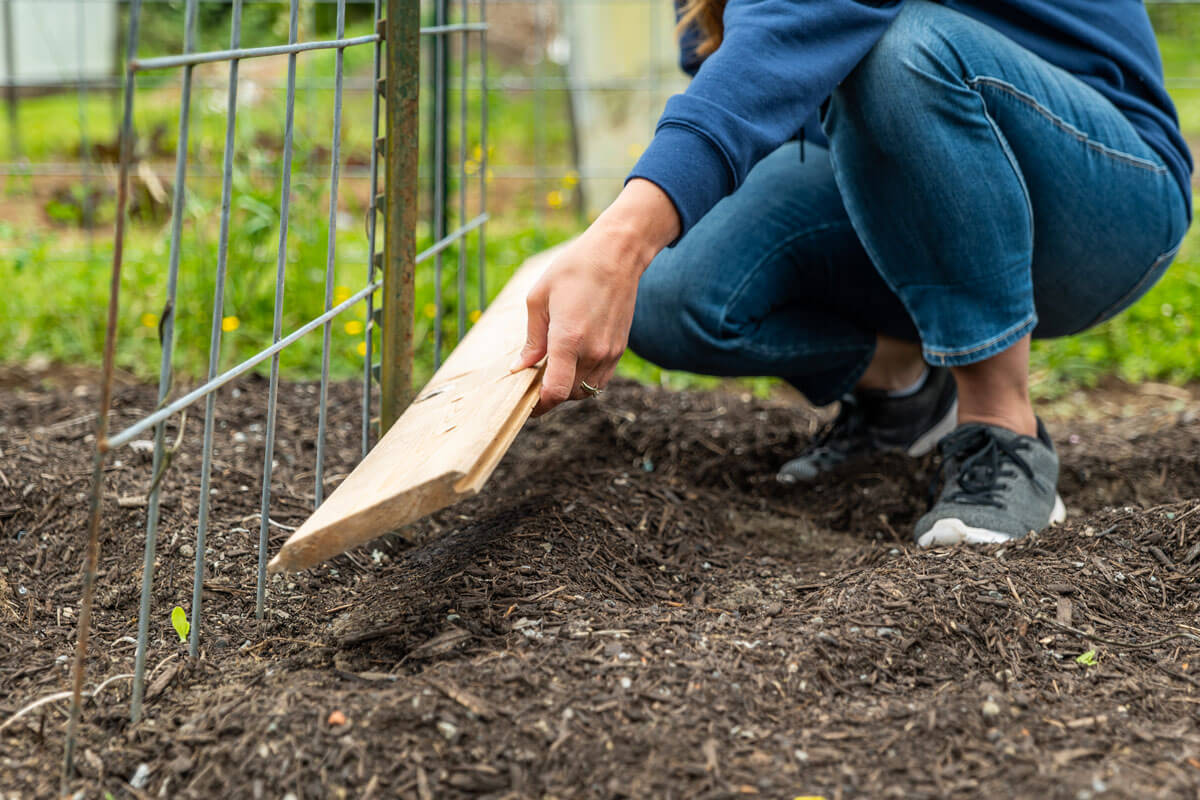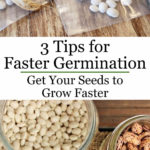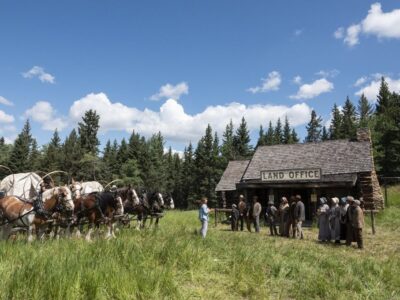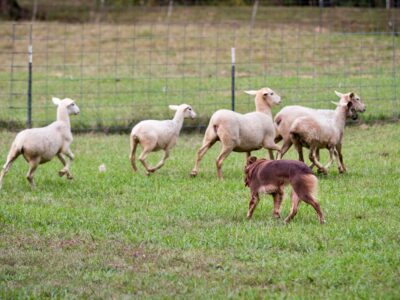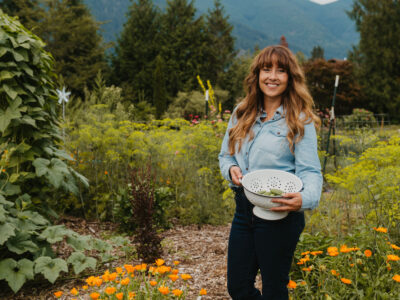If you find yourself with or without a long growing season, learning how to germinate seeds can be of benefit to you. In this post, you'll learn how to germinate seeds indoors and outdoors, plus my newest hack for how to protect seeds during extreme weather for better germination.

This step-by-step tutorial includes two more methods beyond using a damp paper towel to take less time between the day you plant and the long-awaited day when you’ll be putting homegrown food on your table.
Whether you direct sow vegetable seeds or start seeds indoors, you don’t want to miss learning these methods and tips on how to germinate seeds!
This post was originally posted with episode #175 of the Pioneering Today Podcast but has since been updated with even more germination tips and tricks.
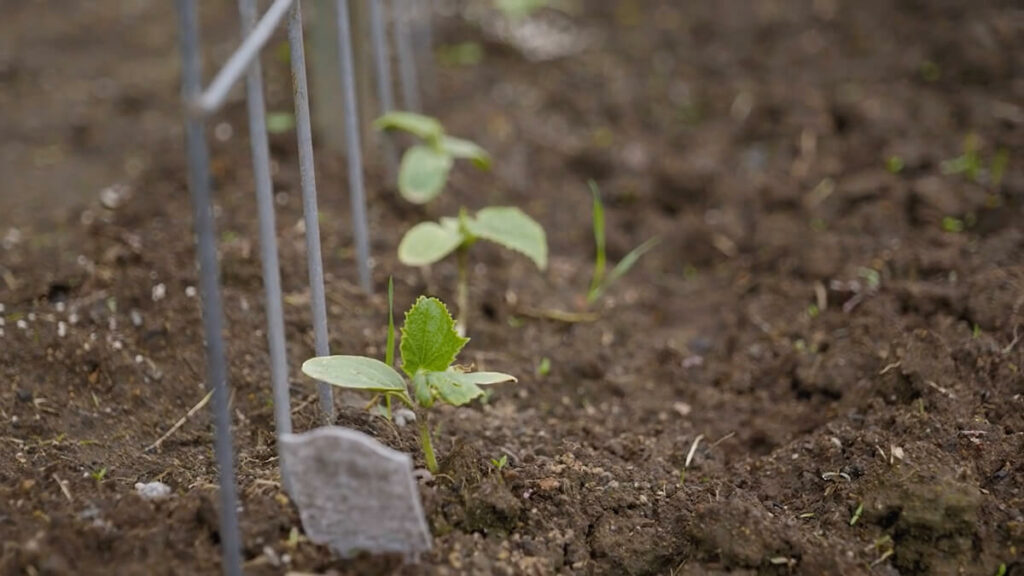
How To Get The Most Out Of Your Summer Vegetable Garden
When you think of a big summer vegetable garden planted full of squash, tomatoes, lettuce, peas, and beans, you generally think of all of those things being planted at the same time.
We tend to think of planting and growing these crops together, which leads to waiting until the last frost date has passed before putting anything in the ground.
However, when you practice methods for extending your garden season into the cold winter months, utilize row covers for early spring planting (and protecting during the hot summer months), and use some of the seed germination tips listed below, vegetable gardening can be taken to a whole new level of success.
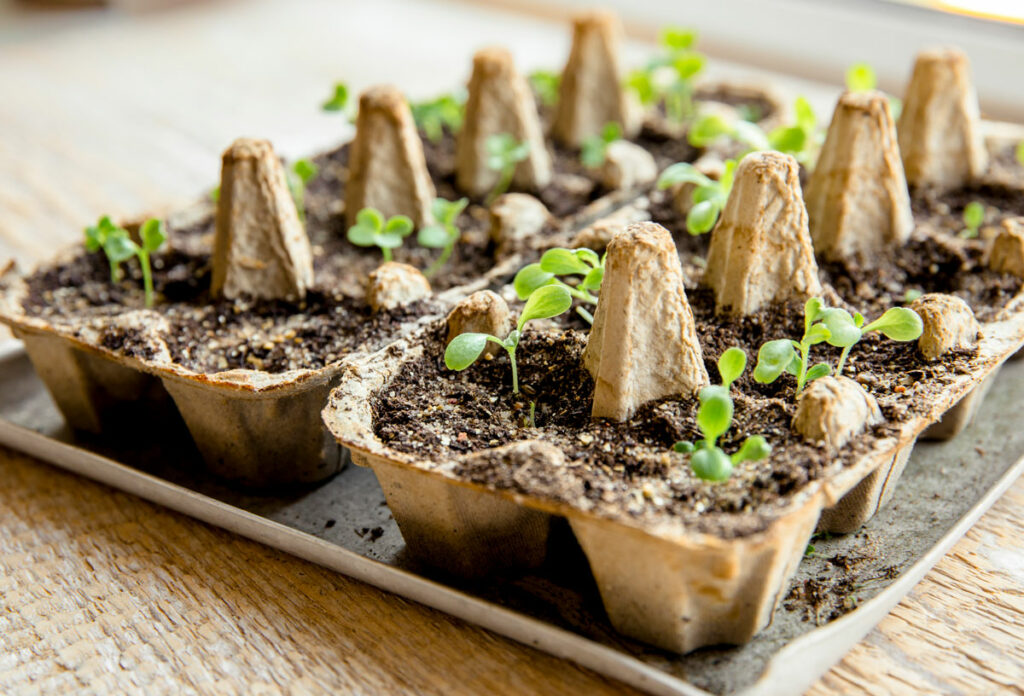
What Is Seed Germination?
Put simply, seed germination is when the seed sprouts and begins to grow. Check out my step-by-step seed starting post or this informational post on cold seed stratification to learn more about the science behind seed germination and how to do both.
Germination Rate
Beyond seed germination, you'll also hear the term “germination rate,” which is the percentage of seeds that sprout out of the total number of seeds of a specific crop that you plant.
- If you plant ten tomato seeds and all ten of them sprout, then you have a 100% germination rate.
- If you plant ten seeds and only seven sprout, then that's a 70% germination rate.
Simple enough, right?
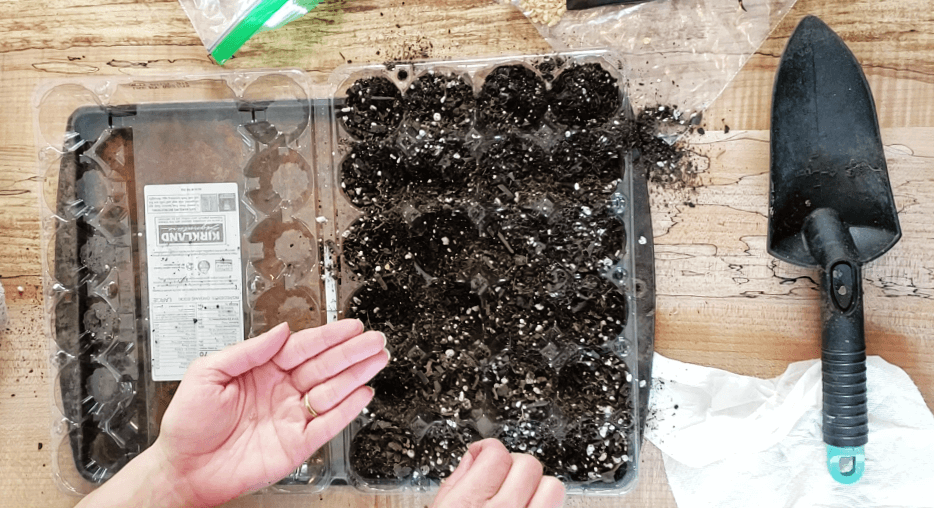
What Do Seeds Need To Germinate?
A common question asked is, “Do seeds need sunlight to germinate?” For nearly all seeds, the germination process requires no sunlight. It is not until the sprout breaks the surface and begins to photosynthesize that sunshine is required.
Therefore, most seeds need just three elements to germinate:
- Water – Consistent moisture allows the seed to swell and start the chemical process beginning the growth.
- Oxygen – The seeds need oxygen so they can have the energy for growth.
- Temperature – Warm and cool temperatures speed up and slow down seed growth. This process helps to break down the seed coating which sends the message that it’s time to start growing.
Pro Tip: If your seed begins to germinate, then dries out, it's not likely that the plant will continue growing, even if it gets wet again. This is why keeping seeds consistently watered is critical to proper germination. Read on to find out the hack I use to help keep seeds from drying out below!
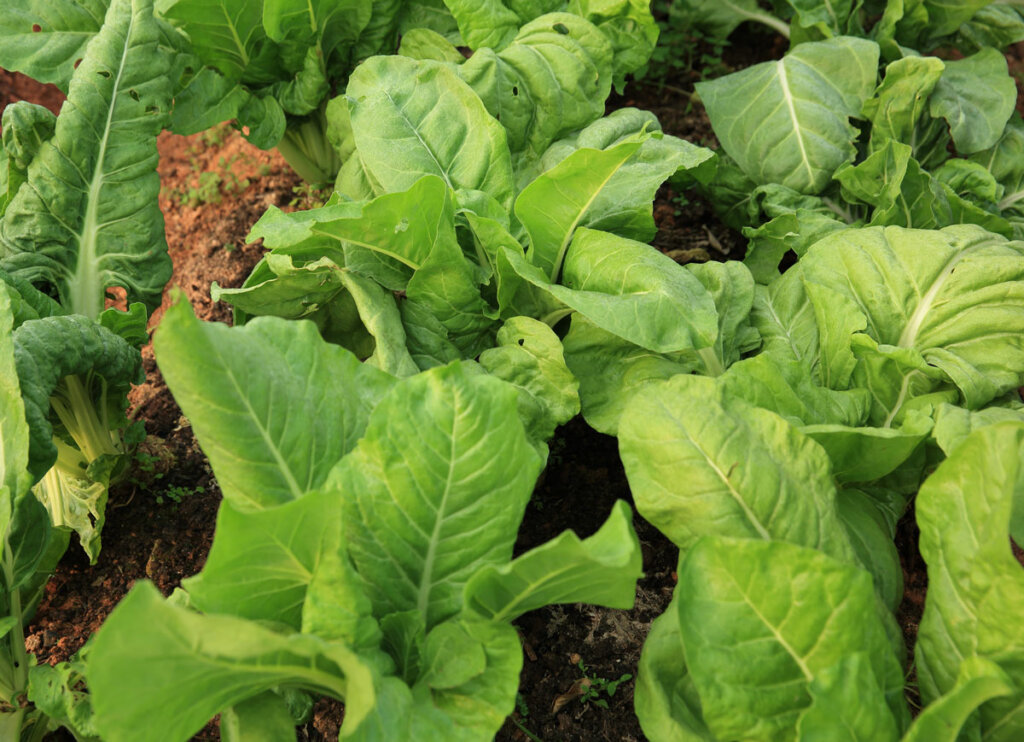
Seeds That Need Sunlight to Germinate
There are, however, a few seeds that germinate best with sunlight (therefore, the board method of germinating seeds should be avoided with the following plants):
- Ageratum
- Balloon Flower
- Begonia
- Browallia
- Coleus
- Columbine
- Geranium
- Impatiens
- Lettuce
- Lobelia
- Nicotian
- Osteospermum
- Petunias
- Poppies
- Savory
- Snapdragons
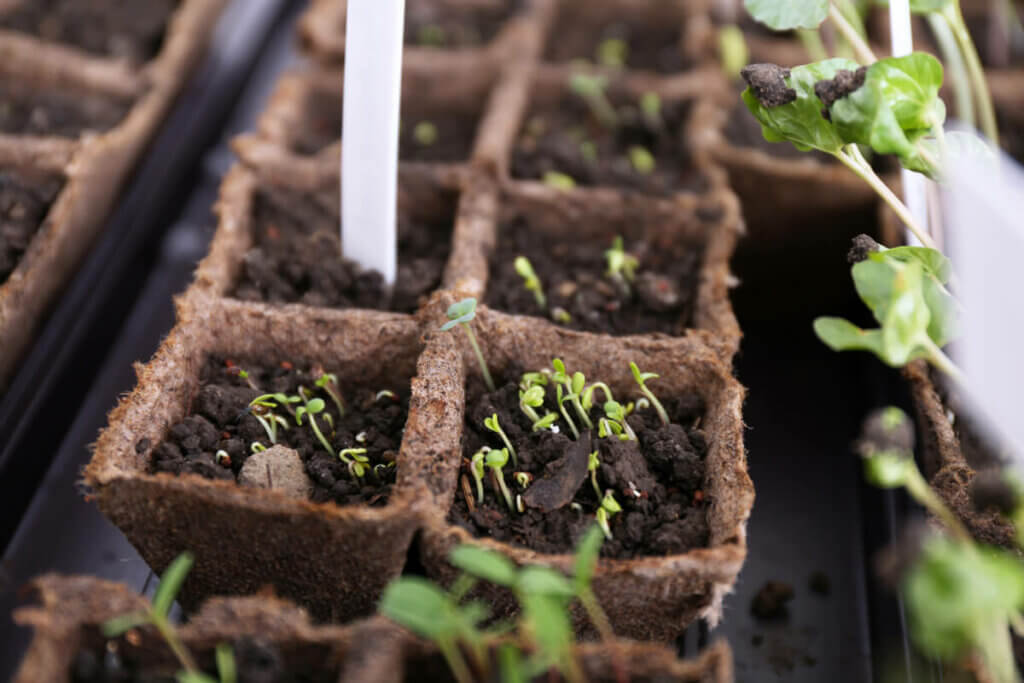
How Long Does It Take For Seeds To Germinate?
As far as germination time is concerned, some seeds have a longer germination period than others. Some seeds will germinate in 3-4 days, but others take 10-14 days.
Sometimes, we get in a hurry! If you're anything like me, you'll plant your seeds and come out the very next morning hopeful of seeing tiny seedlings!
Who wants to wait 10-14 days if you can speed up the process and have the seeds germinate faster?
Learn how to germinate seeds and have good germination rates, whether conditions are ideal or not. Knowing these tips also allows for a longer growing season which can mean more production and higher yields.
Pro Tip: It's important to know whether or not your seeds require cold stratification. This means the seed must go through a period of being below a certain temperature to germinate and grow properly. Read more about cold stratification, including how and why here.
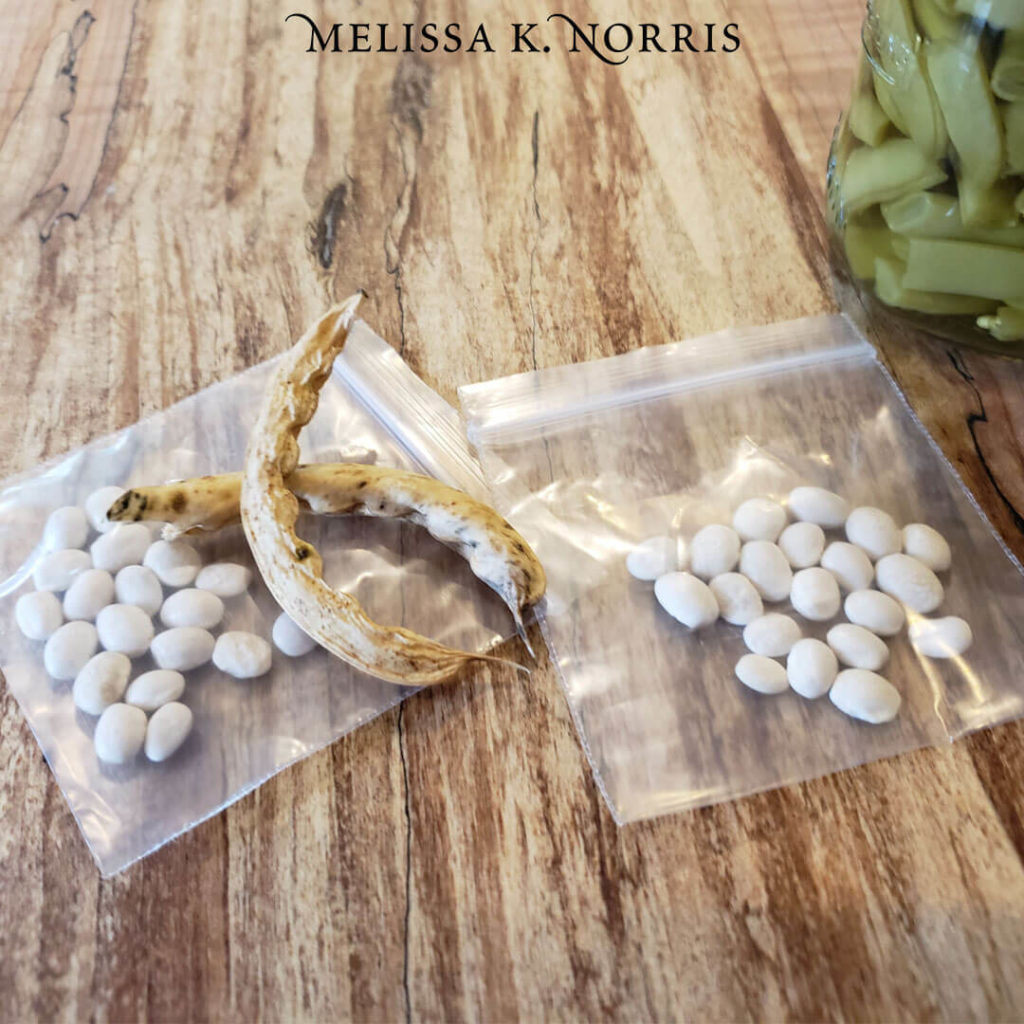
Supplies Needed for Germinating Seeds Indoors
Direct Sow Method
- Seeds – Any large seed with a thick coating (such as beans, peas, corn, and radishes) will benefit from germination prior to planting. It takes them longer to rehydrate and germinate. For really tiny seeds like carrots and lettuce, pre-soaking is unnecessary.
- Water – Do not expose seeds to heat that is higher than 95°F. Soaking seeds allows them to fully rehydrate since they are dry from storage.
- Cup or Tray – The size will depend on how many seeds you have. They will need enough room to spread out in a single layer.
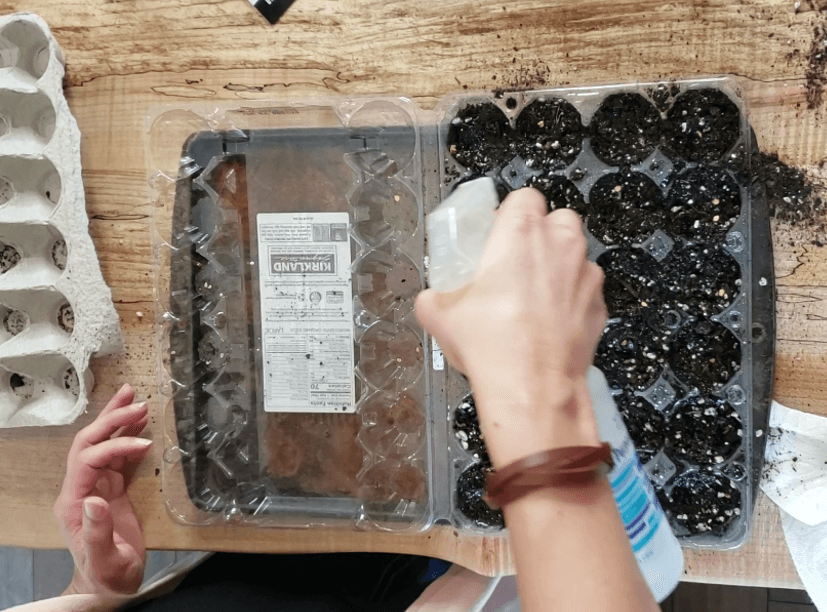
Indoor Seedling Method #1
- Seed Tray – A tray with individual cells helps to keep the seedlings supported and separated.
- Potting Soil – Well-draining potting mix is best when starting seeds indoors.
- Heated Seed Mat – This helps keep the soil at the right temperature, especially if your house gets cool at night like ours does (heating with wood heat).
- Grow Lights (optional) – Grow lights can also be used if planting one of the plants listed above that requires light to germinate.
Indoor Seedling Method #2
- Paper Towels – Paper towels should be moist but not dripping wet.
- Plastic Bags – A zip-top bag works best.
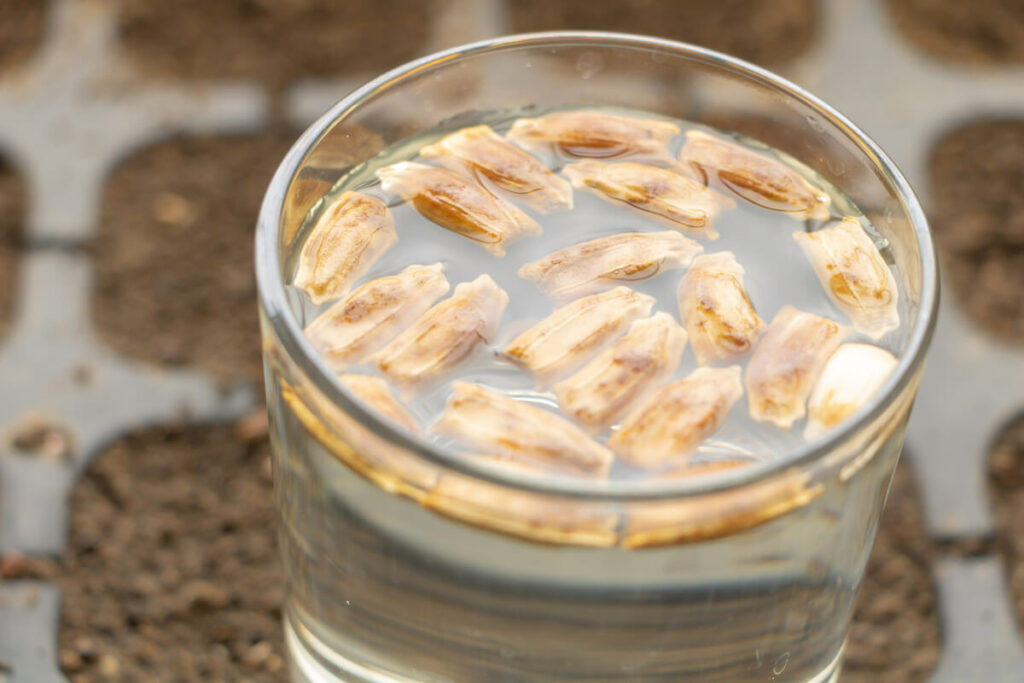
How To Germinate Seeds (Direct Sowing Outdoors)
When direct sowing vegetable seeds into garden soil, many seeds need soil that's around 60°F. But sometimes, especially when planting a late summer garden for a fall harvest, those soil temperatures are well above 60°F and not ideal for germination.
Soaking seeds before you plant them speeds up the process of breaking down the seed coating and allows them to germinate faster. This, however, is not a required step.
The planted seeds will germinate in the garden soil under natural circumstances, but if you want to know how to germinate seeds quickly, this is it:
- Add seeds to a cup of warm water. (Make sure the water is warm, not hot).
- Soak them for 8-16 hours right before planting.
- Direct sow into the garden following the planting instructions on the seed pack (generally, this is to plant the seed twice as deep as it is wide).
- Water well, being careful not to wash delicate seeds away with the spray.
- Pro Tip- See my bonus tip below on using a board for better germination during inclement weather!
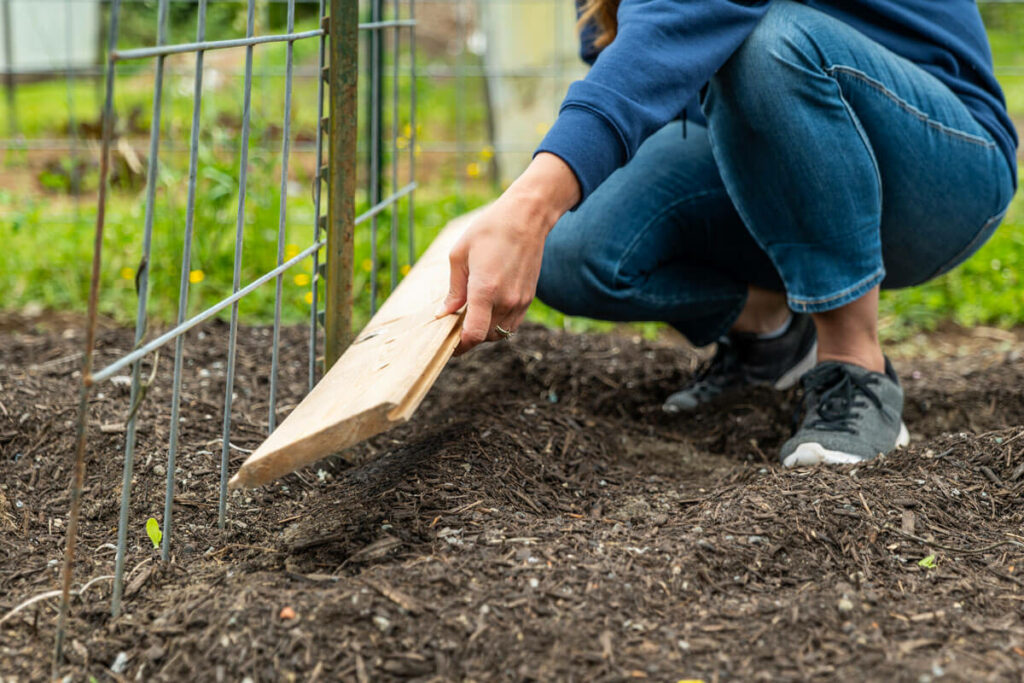
Bonus Tip – Use a Board
My newest hack for germinating seeds in the garden is to use a board. This tip was shared by my friend, Seth Smith, after complaining that my seeds kept drying up during the hot spring weather.
Using a board for germination not only helps trap moisture in, but when you're direct sowing seeds during inclement weather, this can help protect the seeds from getting washed away by heavy rains, blown away by gusts of wind, or even scorched and dried out by extreme heat and sunlight.
To use the board hack, simply sow seeds following the steps above, then take a long narrow board and lay it over the seedlings.
Check on the seedlings after a day or two until you see a seed that's sprouted. Then, remove the board and continue growing as normal.
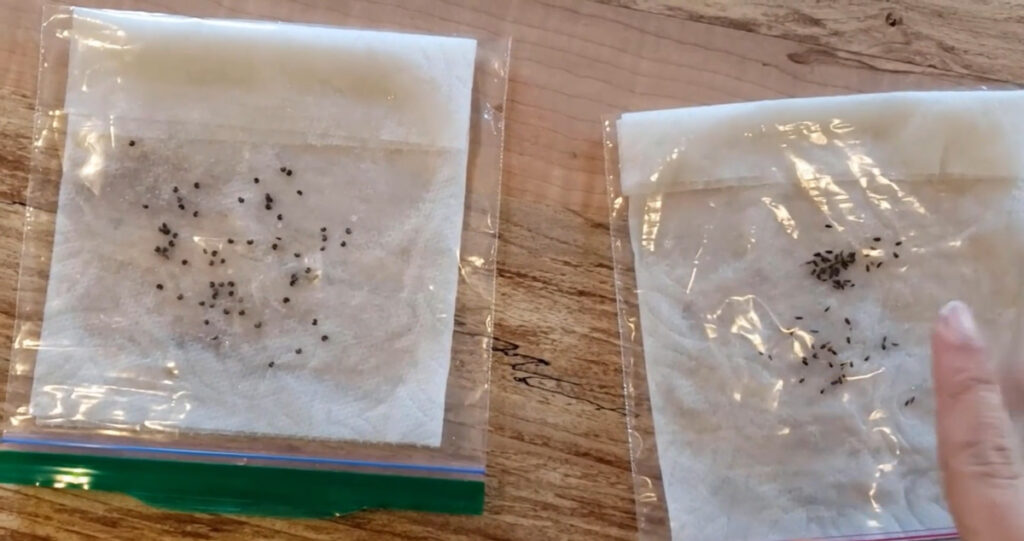
How To Germinate Seeds (Starting Seeds Indoors)
Even in the middle of summer, seeds can be germinated inside in a controlled environment. Depending on your growing zone, some plants NEED to be started indoors because the growing season isn’t long enough to allow them to reach maturity outside.
This is the case for both peppers and tomatoes in my area. Seeds are commonly sown and germinated inside, potted up and transplanted once the weather and soil conditions are right.
Method #1 – Dense Sowing
- Using a seed tray, fill each cell with seed-starting potting soil mix.
- Press seeds into the soil and put the seed tray on a heat mat or under grow lights.
Method #2 – Sprouting
- Moisten a paper towel and place seeds on half of the towel.
- Cover the seeds with the other half of the paper towel.
- Place the paper towels inside a plastic bag and keep them in a dark room at room temperature until you see sprouting seeds.
- Transfer each individual seedling to a single cell in a seedling tray.
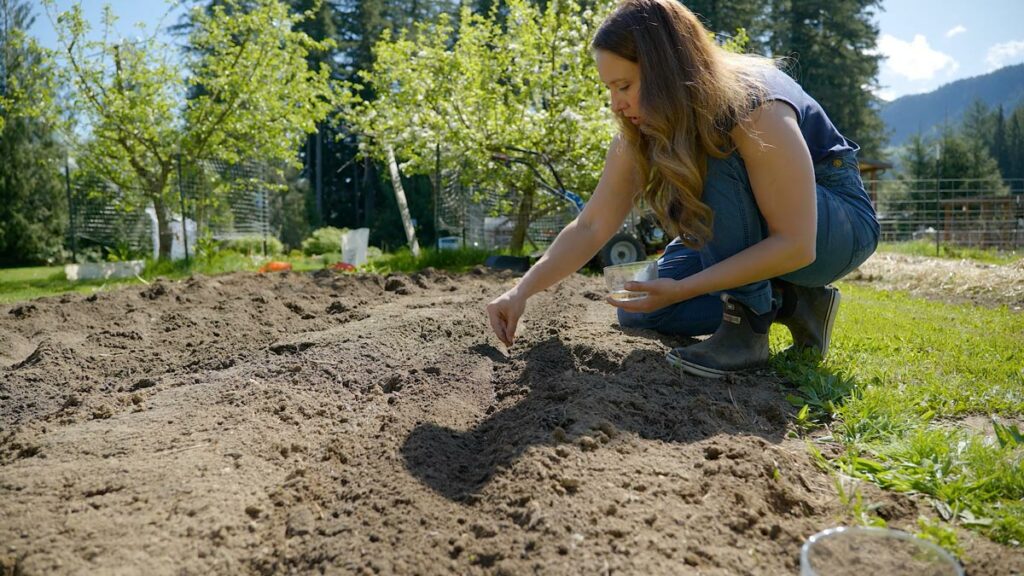
Germination Tips To Maximize Harvest
- Plant Cooler Weather Crops Early – Another way to speed up the germination process is to plant cooler weather crops early. This will depend on the outside temperatures, but as long as you keep an eye on the night-time temperature, you can push the envelope a bit and plant them early. They will be growing and producing earlier and giving you fresh food for your table. Examples of plants that can go in early are kale, a few lettuce varieties, Brussels sprouts, onion sets, radishes, and snow peas.
- Check the Weather Forecast – I know, I know, the weather forecast isn't always 100% accurate. It can be a tool to help know when to plant those cooler crops, though. In the early spring, warm and sunny during the day can mean clear skies at night, which means I'm going to be having some frost. But the soil temperature will get really warm during the day, which is perfect for planting those cold-weather crops. I can soak my seeds overnight in warm water and then plant them out late in the morning when the sun is warming the soil. Then, once I plant them, they're going to have all day in that nice heated, warm soil, and be able to withstand a frost during the night.
- Create Warm Pockets And Microclimates – For seeds that need to be directly sown in their permanent spot or to get a jump start on starting warm weather seeds indoors and then transplanting them outside, create warm pockets and microclimates to encourage germination. A greenhouse, high tunnel, or using row covers in the garden is a great way to create this space.
And that's it! I'm confident with these tips that you'll be on your way to better germination rates, earlier germination rates, and a higher yield in your garden in no time!
Be sure to check out this post on planting a late-summer garden for a fall harvest! These tips will come in handy for those summer plantings as well.
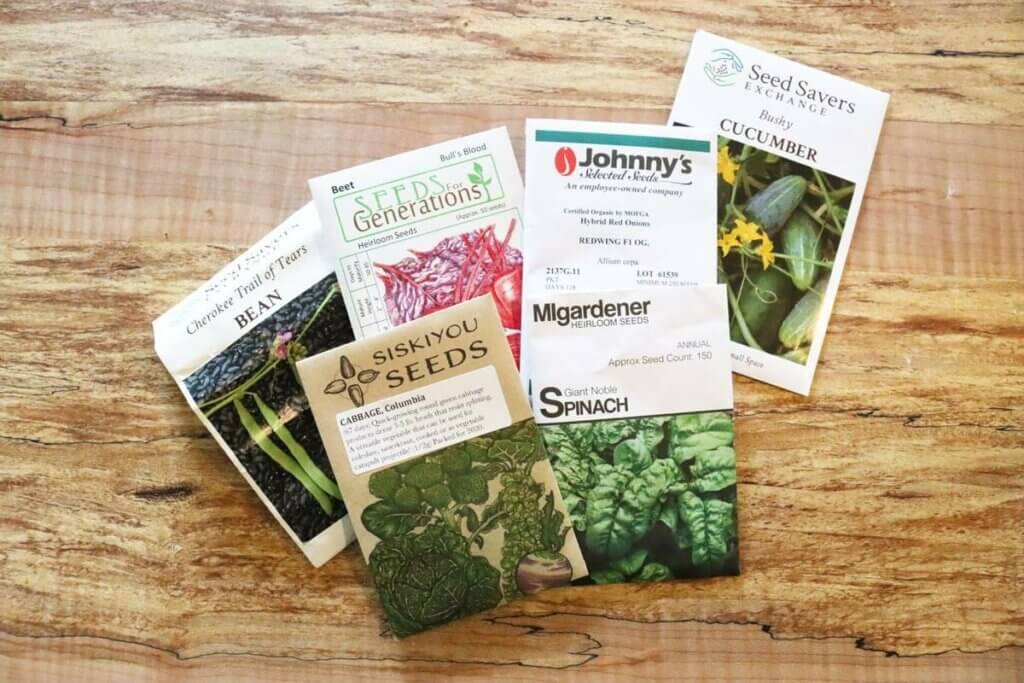
More Posts You Might Enjoy
- Where to Buy Heirloom Seeds – Heirloom, Hybrid & GMO Differences
- Cold Stratification of Seeds – Why & How
- What Are the Best Seed Starting Containers
- Potting Up Seedlings & How to Separate Seedlings
- Direct Sow Your Garden Seed
- Spring Gardening Tips to Increase Harvest Yield
- How to Grow Food YEAR ROUND Using Covers (Hot & Cold Weather)
- Seed Packet Information – How to Read Seed Packets for Gardening Success
